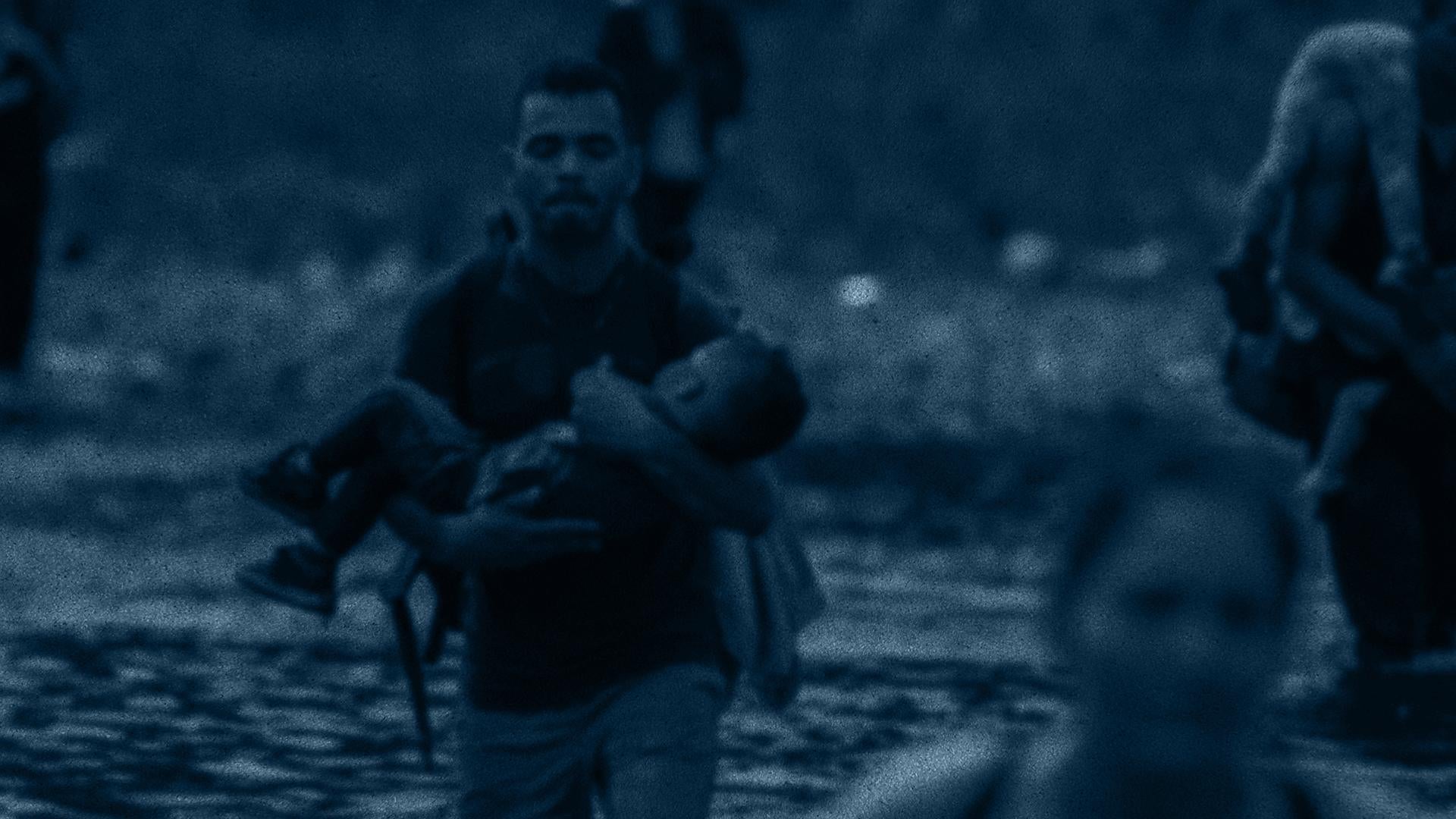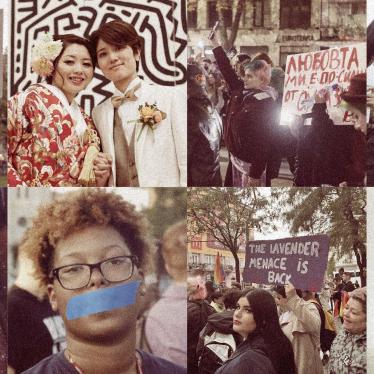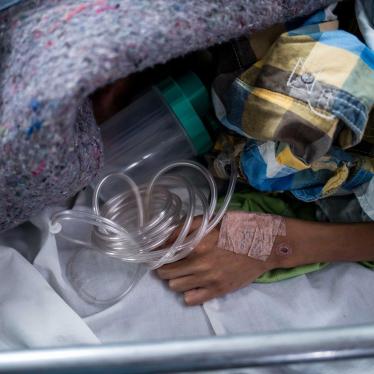The failure of U.S. forces in Iraq to implement basic precautions at checkpoints has led to unnecessary deaths of civilians two years after these inadequacies were identified, Human Rights Watch said today.
The March 4 killing of an Italian intelligence officer, Nicola Calipari, at a checkpoint in Baghdad highlighted this failure.
After the fall of Baghdad, Human Rights Watch expressed concern to U.S. army ground commanders about excessive civilian deaths at checkpoints. The commanders told Human Rights Watch that they had identified many problems in their checkpoint procedures and were taking steps to correct them.
Again, in its October 2003 report, “Hearts and Minds,” Human Rights Watch urged the U.S. military in Iraq to take further steps to better mark checkpoints with lights and large signs in Arabic, initiate a public-service campaign to inform Iraqis of proper checkpoint behavior, and make available interpreters and soldiers with Arabic skills at all times.
“The military should immediately take the basic steps to ensure that Iraqi civilians, as well as U.S. soldiers, are safe at checkpoints,” said Marc Garlasco, senior military analyst at Human Rights Watch. “The fact that soldiers who man checkpoints are at real risk is not an excuse for complacency. These risks should not be transferred to civilians.”
The checkpoint killing of an Italian intelligence officer shows that the army still hasn’t taken basic precautions to protect civilians. On May 2, the Pentagon released a classified investigation into the checkpoint shooting death of Nicola Calipari on March 4. The Italian intelligence officer was gunned down at a U.S. Army checkpoint while escorting an Italian reporter to the airport after she had been released by Iraqi insurgents who had kidnapped her. The U.S. military investigation exonerates all U.S. military personnel involved in the shooting, but it shows that the army has failed to implement lessons learned during two years of manning checkpoints.
Checkpoints in Iraq pose dangers to both soldiers manning them and persons crossing them. The U.S. military calls the type of checkpoint where Calipari was killed a “blocking position.” Blocking positions are checkpoints where military units attempt to turn vehicles away without searching them. According to the U.S. investigation, the military unit in question had been given the Tactical Standing Operating Procedures, but this set of procedures for checkpoints “does not provide guidance on blocking positions.”
“There is no evidence to indicate that the Soldiers were trained to execute blocking positions before arriving in theater,” the Pentagon report admitted.
The investigation found that instead of following written guidelines, the unit used informal procedures that were passed from unit to unit over time. In fact, according to the investigation, the unit was never trained in the proper procedures to operate a blocking checkpoint.
“Using untrained troops for operations as sensitive as checkpoint duty makes no sense,” said Garlasco. “These practices put U.S. soldiers and Iraqi civilians at risk.”
The recommendations of the U.S. military’s report mirror many of the issues that Human Rights Watch discussed with U.S. military commanders in Iraq immediately after the fall of Baghdad in 2003. A senior officer with the Third Infantry Division had told Human Rights Watch that the importance of using signs and barriers to slow vehicles was among the lessons from the war being implemented to minimize civilian casualties at checkpoints.
Yet according to the U.S. report, on the night that Calipari was killed, the army company operating the checkpoint did not employ signs warning vehicles to slow down, nor had it deployed rubber speed bumps. These items can be easily carried and placed by the troops as they set up checkpoints. The report recommended establishing a program to inform all Iraqis of how to behave at checkpoints, to require soldiers to consider the perspective of drivers and what they might see, and to implement a “more driver friendly alert signal.”
According to the Pentagon report, procedures that should have been in place for checkpoints (though not blocking positions) the night of the shooting included, “an Alert Line, a Warning Line, a Stop Line, a Search Area, and an Overwatch Area.” According to the Tactical Standing Operating Procedures, the Search Area should be “a well-lit checkpoint, provide standoff from neighborhood structures, allow a sufficient area to accommodate more than one search team, the establishment of warning signs with sufficient distance for drivers to react, the use of physical barriers to force vehicles to slow down, and other barriers like tire poppers, to block movement of vehicles attempting to continue through the search area.”
Furthermore, the report said that units operating checkpoints should have equipment that includes “warnings signs, triangles, sawhorses, traffic cones, and/or tire poppers.” None of these items was apparently used the night of this shooting. While some of the procedures for a standard checkpoint were in place, many that may have prevented the shooting of Nicola Calipari were not.
A separate report by the Italian government, released May 3, supports many of the U.S. report’s findings, though it does diverge on some of the details. Of particular concern is the failure by U.S. forces to preserve and document the site for evidentiary purposes, as well as the U.S. Army’s willful destruction of evidence. Preservation of the shooting site for photographs and analysis would have helped the U.S. military better understand the shooting and could have led to better civilian protections.
Equally disturbing was that U.S. forces manning the checkpoint destroyed duty logs from the unit that took part in the shooting. All evidence in such cases should be preserved so that lessons can be learned and incorporated to enhance civilian protections in future checkpoint situations. Destroying evidence might also amount to obstruction of justice with respect to disciplinary or criminal investigations. Human Rights Watch urged the U.S. military to preserve evidence relating to serious checkpoint incidents, particularly if there are civilian deaths.








